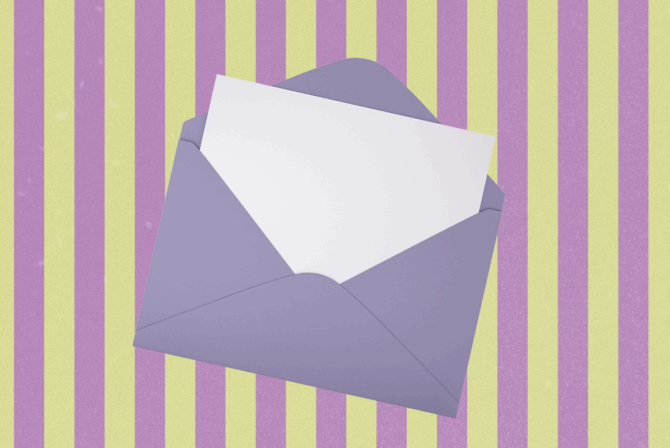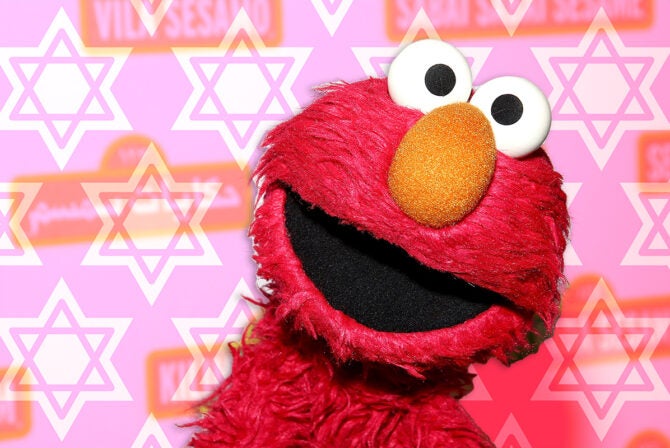I was at a kosher food event this past fall, and a cookbook author that I know got into a conversation with me about challah.
“What is it about challah for you? Why have you decided to make so many different varieties?” she inquired.
It was an interesting question and one that I hadn’t given much thought to previously. She went on to explain that she grew up eating the same challah that her mom made every week, and now she makes the same plain challah every week for her own family. And there is something so amazing, beautiful, traditional, simple, and sweet in that story. But it is a story that holds absolutely no resonance for me.
Yesterday on Kveller, Carol Ungar shared why she prefers to stick to plain challah, writing, “Baking challah the old-fashioned way can feel almost like a culinary séance, as we channel the spirits of the women who came before us, our mothers and grandmothers and great grandmothers into our baking.” Like most American Jews these days (no I didn’t make that up—more than 50% of Jews are intermarried or come from intermarried families), I grew up with only one Jewish parent. My mother came from an Italian family from Brooklyn, and she cooked traditional Italian-American foods like eggplant parm, meatballs and sausage, tortellini alfredo, and fried ravioli. You know, light fare.
READ: Love & Challah: How I Found My Place in Judaism
My dad, who hails from a culturally Jewish family in Yonkers, never cooked anything Jewish in his life. And my Jewish grandmother, while a wonderfully warm and funny person, is the world’s worst cook: dry kugel, burnt chicken, and leathery brisket. I didn’t grow up with any strong tradition of Jewish food, never mind a weekly batch of fresh challah from a family recipe. But I did love food and baking, and eventually I found myself baking challah every week and improving upon my techniques, ultimately developing an arsenal of my own recipes.
And one of the reasons I am able to dream up things like funfetti challah is that I am not holding to the past in any way, and so for me, I am not shackled to an idea of what challah is or is not (or any Jewish food for that matter). I firmly embrace my Jewishness, hosting Shabbat dinner every week complete with freshly baked challah. But for me, baking fun, delicious—and yes, sometimes crazy—challah flavors is an expression and embrace of not only my Jewish heritage, but my other identities as well. I am American, Italian, a world traveler, a mother, a cook, a food writer. My challah creations reflect this.
Recently I started teaching challah classes through an organization called OneTable to young professionals who want to connect with their Jewishness, but never baked challah themselves growing up. One of the things they love most about my classes is their ability to take a plain dough and turn it into something that is delicious, meaningful, and completely unique to their tastes.
This is reflective of the kind of Jewishness and Jewish communities so many young people are searching for today. They don’t want to do things just for the sake of doing them, or because their parents or grandparents did them: They want to make it their own. And in the case of people like me, who grew up with few if any Jewish traditions, finding ways for them to connect and find accessible entry points is crucial to finding relevant Jewish life.
READ: Saturday Morning Breakfast Traditions: Challah French Toast!
Stephanie Goldfarb, winner of Food Network’s “America’s Next Best Cook” and a OneTable event partner shared with me, “Adaptation is how we survive. Interpretation is something we live for. If there are two Jews and three opinions, then there can certainly be more than one way to make a challah.”
I’ve heard plenty of Jews say the same thing that Carol wrote in her piece: “There needs to be a line in the sand.” And some Jews are all about drawing lines: who is a Jew, who is not; what is prayer; what is Jewish food. But I think if we focused less on drawing lines in the sand, and more on opening our tents up like Abraham, we would create vibrant Jewish communities that result in passionate Jews who want to participate in Jewish life for all the right reasons. These foods, and Jews like me, do not have an identity crisis; we just do not subscribe to the same narrow definition of what is Jewish.
There was a recent Buzzfeed video of non-Jews tasting Jewish food for the first time. (Sidenote: It’s hysterical—make sure to watch it.) One of the testers commented that matzah ball soup, “is like the gateway drug to Jewish food.” Whether it’s matzah ball soup, chocolate challah, or amazing falafel eaten drunk at 2:00 a.m. on the street, I don’t care what inspires people to feel more connected to their Jewishness. I want people to be inspired and find their own gateway drug to Jewish life.
READ: Peanut Butter & Jelly Challah–RECIPE
Not everyone has to like double chocolate challah. Or za’atar challah. Or pastrami stuffed challah. (But really—try it, you’ll like it.) But to argue that it has no place in Jewish life simply ignores what Jewish life looks like for young people today.
A friend and colleague Danya Cheskis-Gold, founder of New York’s popular Pop-up Shabbat, says, “The future of my generation is going to be different than that of the generations past. We’re seeking Jewish life out in a different way.” And I think that’s pretty awesome.










